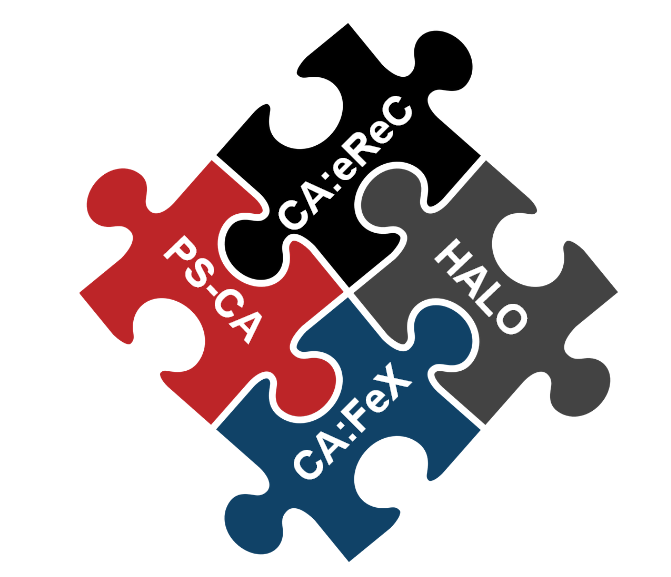What is CA:FeX?
Learn about the Canadian FHIR Exchange
The Canadian FHIR Exchange (CA:FeX) is an interoperability specification developed by Canada Health Infoway to enhance health information exchange.
It acts as a key building block, in the pan-Canadian Interoperability Specifications, to enable interoperability across jurisdictions.
CA:FeX is the connective tissue to allow for communication between systems that follow a common standard (eg: PS-CA).
Here at Venuiti, we have developed the first-ever commercial implementation of CA:FeX.

CA:FeX Allows You to Operationalize a Standard
Adopting a standard and operationalizing a standard are two different things, and this distinction is critical for achieving meaningful progress towards interoperability in Canada.
CA:FeX provides a foundation to operationalize standards by turning high-level concepts into practical, real-world solutions, paving the way for measurable progress and innovation.
Adopting a Standard
The decision-making process to choose and agree to use a specific standard.
- HL7 vs FHIR
- IPS vs CA-PS vs PS-ON
Operationalizing a Standard
The practical process of implementing, integrating, and using the standard in day-to-day operations. Eg:
- Data Sharing & Data Provenance (how it was created, who created it, and how it has changed over time)
- Authorization & Governance
Why IS CA:FeX Important?
CA:FeX is transforming healthcare by addressing critical challenges in interoperability, patient empowerment, and system adaptability.
Explore how CA:FeX promotes vendor neutrality, gives patients control of their health data, and prepares organizations for the future of connected care.

Promotes Vendor Neutrality

Empowers Patients

Future-proofs Your Systems
CA:FeX is well designed

01.
Leverages International Standards
CA:FeX leverages international standards like FHIR and IHE profiles, ensuring compatibility with global healthcare interoperability efforts and allowing Canada to stay aligned with best practices.

02.
Enables Easy Adoption
A lightweight CA:FeX server can be stood up in a matter of days. This in turn provides a foundation for the development of innovative healthcare technologies, such as telehealth platforms, mobile health apps, and advanced analytics tools.

03.
Strengthens Security
Protecting patient data is always a top priority. CA:FeX enables robust encryption and authentication measures to ensure that sensitive information is securely exchanged.

04.
Read-Only Functionality
CA:FeX supports read-only access, ensuring that systems can be CA:FeX Conformant, and view standardized data through a common plug, without needing write permissions. This maintains consistency and protects the integrity of the data.
Technical Breakdown
How To Deploy CA:FeX
Standalone CA:FeX Server:

- Fully independent server capable of ingesting data via HL7/FHIR standards.
- Read & Write Support: Designed to handle both data retrieval and updates seamlessly.
- Commercial Availability: Venuiti offers ready-to-deploy standalone CA:FeX servers for immediate implementation.
CA:FeX Facade:

- Enables integration with existing vendors for seamless interoperability.
- Vendors must support CA:FeX or require an integration engine to translate their data (HL7/FHIR) into CA:FeX/FHIR standards.
- Proven Success: Successfully integrated CA:FeX with major EHR systems, including CERNER.
Want to Implement CA:FeX?
Connect With Us
We have multiple locations. Come visit us in Waterloo, Canada or Atlanta, Georgia.
We are frequently in major North American cities and would be happy to come to you.
Whether starting anew or enhancing existing systems, we tailor our approach to meet your specific needs.



